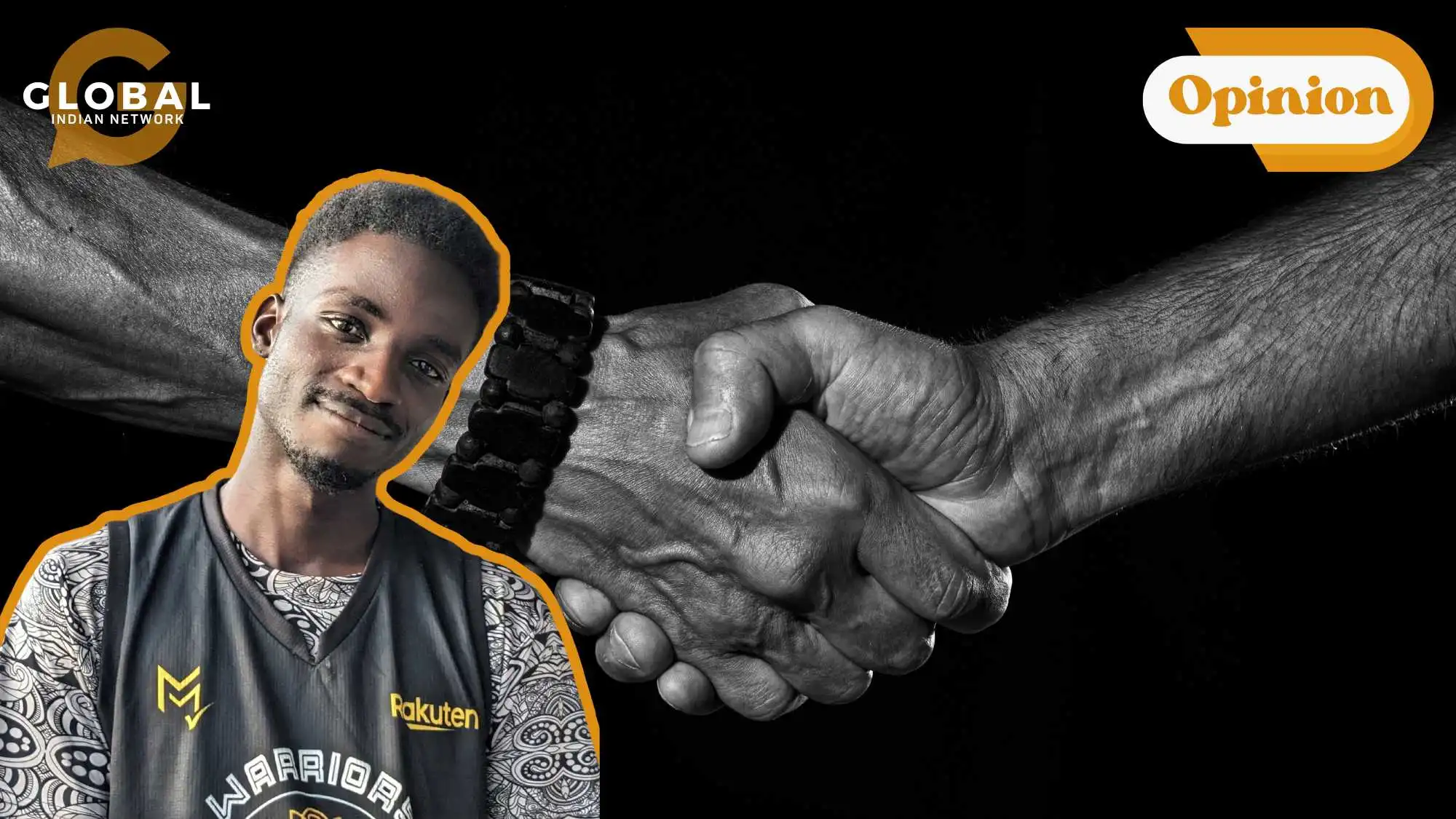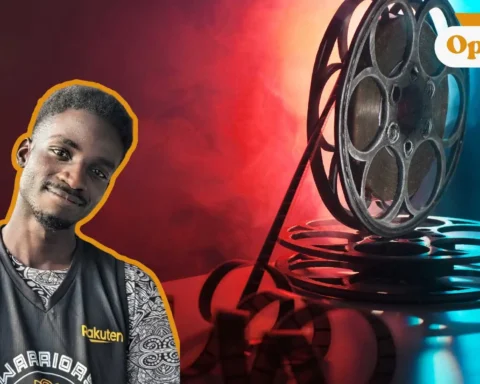Masculinity, which has been held stable for so long as the cornerstone of identity and culture, is currently facing challenges that are without precedence in the 21st century. As society progresses, the definitions, expectations, and expressions of masculinity are in a process of transformation that often leaves many men caught between remnants of idealized models and the new, demanding nature of the modern world. This process has raised important conversations but also poses dilemmas with which men and society have to navigate sensibly and with understanding.
Changing Definitions of Masculinity
Throughout history, a man has been defined by traditional roles such as provider, protector, and stoic leader. Shaped by various cultural, economic, and social forces, these were clear-cut roles and mostly unquestioned. The rigidity of masculinity has become questioned because the gender roles themselves have become diverse.
In the modern world, men are encouraged to become vulnerable, emotionally intelligent, and equal. Although this is a positive step toward dismantling toxic masculinity, it has created confusion among many men regarding the balance of these traits with societal expectations that still value strength, decisiveness, and dominance. This dichotomy creates tension in embracing progress and adhering to lingering traditional ideals, which causes an identity crisis for some men.
The Burden of Expectations
One of the biggest dilemmas facing masculinity is the burden of expectations. Whereas women's roles have grown to encompass both career and home life, the same kind of growth for men has been greeted with resistance or confusion. Success at work is often paired with being an emotionally present partner and an engaged father.
While there is, at the same time, pressure from traditional notions of masculinity, men are discouraged from expressing their vulnerability or seeking help in many cases, especially concerning mental health. Pressure may take a severe toll; men are shown to be less likely to get therapy or talk about emotional problems, and as a result, they have a greater rate of suicide and undiagnosed mental disorders.

The Problem of Rebuilding Strength
The other dilemma is that of defining strength. For so long, physical power and emotional toughness were masculine characteristics. Today, the term is being redefined to include emotional strength, compassion, and the ability to build healthy relationships. Though this is a much-needed change, it conflicts with traditional and entrenched societal norms that glorify male strength.
Men are more criticized for being "too soft" if they show emotion and "too rigid" when they follow older ideologies. This puts men between the horns of a dilemma of being criticized for their choices no matter what they do, therefore being confused and insecure.
The Role of Feminism in the Conversation
The rise of feminism has played a pivotal role in making gender imbalances more vocal but also has been an obstacle to masculinity. Changes in gender relations have made many men feel estranged or even threatened, and thus, they do not take it as a movement towards equality. This is due to a lack of communication regarding how feminism is actually an instrument for the emancipation of both genders from patriarchal chains.
At the same time, movements like #MeToo have forced a necessary reckoning with male behaviour and accountability. While this has empowered women, it has also left some men uncertain about how to navigate relationships, boundaries, and interactions in a way that aligns with modern expectations.
The Intersection of Masculinity and Identity
Awareness about diversity in gender identities and expressions has increased in the 21st century. Concepts such as nonbinary identities, gender fluidity, and LGBTQ+ inclusion challenge traditional notions of masculinity. Some men see this diversity as liberating and offering new ways to express themselves, while others are disoriented and forced to confront and question deeply held beliefs about gender and identity.
Men from marginalized communities face additional dilemmas, as cultural and societal expectations often intersect with racism, classism, or other forms of discrimination. For example, Black men are frequently subjected to stereotypes of hypermasculinity, while men from economically disadvantaged backgrounds may struggle with societal pressures to fulfil the role of breadwinner.
The Path Forward
The dilemmas in the concept of masculinity as shaped in the 21st century call for empathy and an open dialogue. Men should learn to explore and define masculinity outside of outdated norms. This means creating environments at home, schools, and workplaces wherein vulnerability, seeking support, and challenging societal expectations exist free from judgment.
This redefinition of masculinity should be a collective effort. Women and men must both work towards creating a culture that promotes emotional intelligence, mutual respect, and inclusivity. Feminism should be framed as an ally in this process, showing how the deconstruction of rigid gender roles benefits everyone.
Media, too, plays a crucial role. Portrayals of men in movies, advertisements, and social media must change to reflect the complexity of modern masculinity. Depictions of varied, multidimensional male characters embracing strength and vulnerability can reshape societal perceptions.
ALSO READ: Mixed Martial Arts and Masculinity
Conclusion
Masculinity stands at a crossroads in the 21st century. The dilemmas it faces are not just challenges but opportunities to redefine what it means to be a man in a way that aligns with the values of equality, inclusivity, and emotional health. In embracing this evolution, men can break free from the confines of outdated stereotypes and build a future where masculinity is as diverse, dynamic, and multifaceted as the men who embody it.

Let us know your thoughts in the comments below. If you have burning thoughts or opinions to express, please feel free to reach out to us at larra@globalindiannetwork.com.









